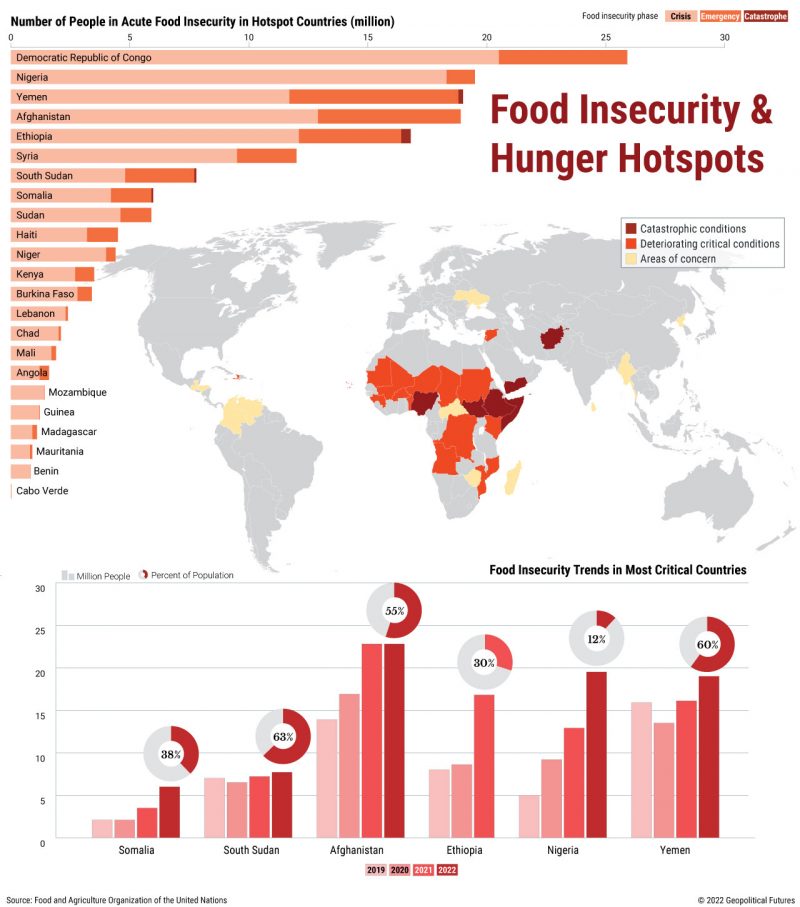
网站公告
more- Skema Candle... 25-05-25 14:26
- Skema Candle... 25-05-25 14:25
- The True Sto... 25-05-25 08:39
- The True Sto... 25-05-25 08:36
Excited About What Is Foods? 3 Reasons Why Its Time To Stop!
Jaunita00560791 2025.05.22 23:01 查看 : 2
 To render log-acid foods commercially sterile requires a retort able to working at temperatures above 212°F. Canners process certain canned foods at 240°F or 250°F for a substantial length of time, sometimes an hour or more depending upon the product and might size. The tiniest life forms are bacteria, yeasts, molds, and viruses, termed "microorganisms" because of their dimension (micro that means small and organism that means living being). Spore kinds preserve the bacteria from starvation, drying, freezing, chemicals, and heat. Among the many micro organism, sporulation isn't a technique of reproduction since each cell kinds a single spore which later germinates into a single cell once more. Heat is probably the most practical and efficient means to destroy microorganisms. Bacteria are crucial microorganisms to the meals processor. Most are harmless, many are highly useful, some point out the possible presence of filth, disease organisms, spoilage and a few cause illness. 1. Some psychrotrophic microorganisms develop very slowly in foods under freezing, but usually not below 19°F. There are a number of studies of progress, often of molds, at 14°F, however no dependable stories of growth under that temperature. A processor of refrigerated foods wants to incorporate as many remedies as attainable that may assist reduce the microbial inhabitants and reduce reproduction.
To render log-acid foods commercially sterile requires a retort able to working at temperatures above 212°F. Canners process certain canned foods at 240°F or 250°F for a substantial length of time, sometimes an hour or more depending upon the product and might size. The tiniest life forms are bacteria, yeasts, molds, and viruses, termed "microorganisms" because of their dimension (micro that means small and organism that means living being). Spore kinds preserve the bacteria from starvation, drying, freezing, chemicals, and heat. Among the many micro organism, sporulation isn't a technique of reproduction since each cell kinds a single spore which later germinates into a single cell once more. Heat is probably the most practical and efficient means to destroy microorganisms. Bacteria are crucial microorganisms to the meals processor. Most are harmless, many are highly useful, some point out the possible presence of filth, disease organisms, spoilage and a few cause illness. 1. Some psychrotrophic microorganisms develop very slowly in foods under freezing, but usually not below 19°F. There are a number of studies of progress, often of molds, at 14°F, however no dependable stories of growth under that temperature. A processor of refrigerated foods wants to incorporate as many remedies as attainable that may assist reduce the microbial inhabitants and reduce reproduction.
 The meals processor can feel safe within the knowledge that foods held above or under the limits in Figure 1 and rotated properly will stay secure. Since bacteria grow sooner, they significantly outnumber yeasts and molds in most foods. Molds as discovered on bread, fruit, damp paper, or different surfaces are actually composed of thousands and thousands of microscopic cells joined collectively to form chains. In budding each cell can produce a number of buds, or swellings, which break away to type new, totally formed daughter cells. Vegetative cells form spores beneath adversarial conditions as a means of survival. If other conditions are less than optimal, the minimal aw will be greater. Yeasts are oval-shaped and barely larger than bacteria. In such environments, yeasts or molds predominate. Most micro organism fail to grow in a meals or other medium the place the aw is decrease than 0.94. Bacteria require a better aw than yeasts, which in turn require a better aw than molds. Minimizing contamination from tools, individuals, the environment, and from unprocessed food.
The meals processor can feel safe within the knowledge that foods held above or under the limits in Figure 1 and rotated properly will stay secure. Since bacteria grow sooner, they significantly outnumber yeasts and molds in most foods. Molds as discovered on bread, fruit, damp paper, or different surfaces are actually composed of thousands and thousands of microscopic cells joined collectively to form chains. In budding each cell can produce a number of buds, or swellings, which break away to type new, totally formed daughter cells. Vegetative cells form spores beneath adversarial conditions as a means of survival. If other conditions are less than optimal, the minimal aw will be greater. Yeasts are oval-shaped and barely larger than bacteria. In such environments, yeasts or molds predominate. Most micro organism fail to grow in a meals or other medium the place the aw is decrease than 0.94. Bacteria require a better aw than yeasts, which in turn require a better aw than molds. Minimizing contamination from tools, individuals, the environment, and from unprocessed food.
Minimizing microbial growth on tools, by cleaning and sanitizing, and in the product itself by adjusting storage temperature, pH, and other environmental elements. Yeasts and molds develop on most foods, on gear, and building surfaces where there are small quantities of nutrient and moisture. Molds can thrive in situations too opposed for bacteria or yeasts. When situations develop into favorable, the spores germinate, with every spore again turning into a vegetative cell with the ability to reproduce. Some rod-shaped micro organism are able to present in two types, dormant spores and active vegetative cells. To see them, you want a microscope that magnifies about 1000-fold. All bacteria reproduce by dividing into two cells. Control of staph development in fermented foods, akin to cheese or sausages, requires controlling a number of processing elements (see NAS-NRC, 1975). Low pH, comparatively high levels of lactic micro organism, salt, and nitrite help to inhibit toxin formation. Troller and Stinson (1975) have shown that minimal aw for toxin manufacturing is larger than that for progress - 0.93 in their experiments.
The lowest pH limits for progress of foodborne disease organisms are shown in Table 3. Lots of the investigators who reported these values additionally decided that opposed elements, comparable to low temperature or low water exercise, increased the minimal pH for development. However, micro organism discover circumstances of low pH, moisture, or temperature and high salt or sugar unfavorable. Figure 1. Low temperature limits progress of food poisoning and food spoilage organisms. It competes effectively with spoilage organisms at temperatures of 41°F or above. 2. Psychrotrophs grow well at refrigeration temperatures, but higher at room temperature. 3. Mesophiles develop best at or near human physique temperature, however grow properly at room temperature. 4. Thermophiles develop solely at temperatures about as scorching as the human hand can endure, and usually not at all at or under body temperature. Salmonella can also grow exterior the animal body when circumstances are favorable. Note: These limits are the lowest recorded, with all different development conditions optimum. Hence, they're parasitic.
?? 0
Copyright © youlimart.com All Rights Reserved.鲁ICP备18045292号-2 鲁公网安备 37021402000770号

